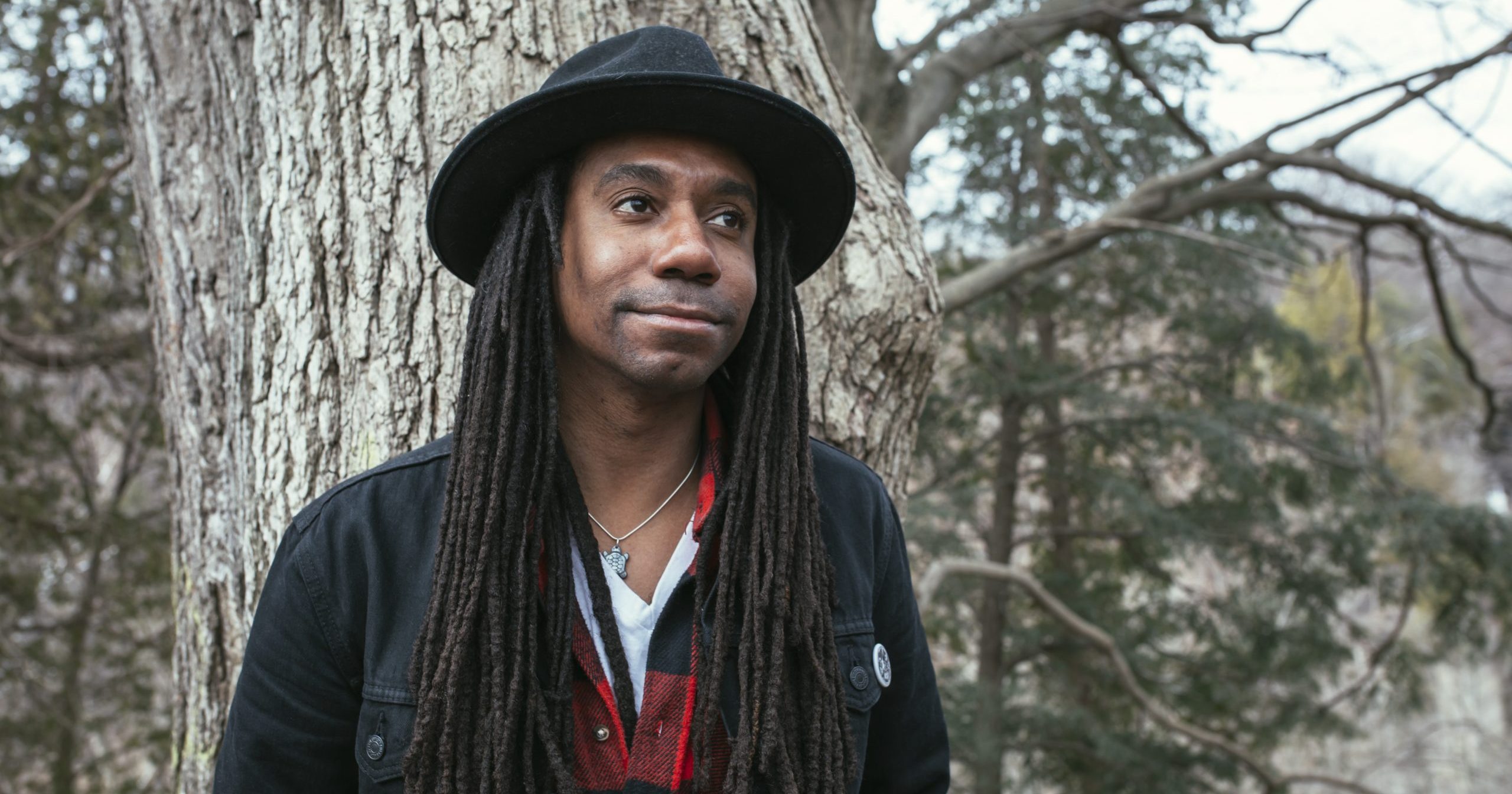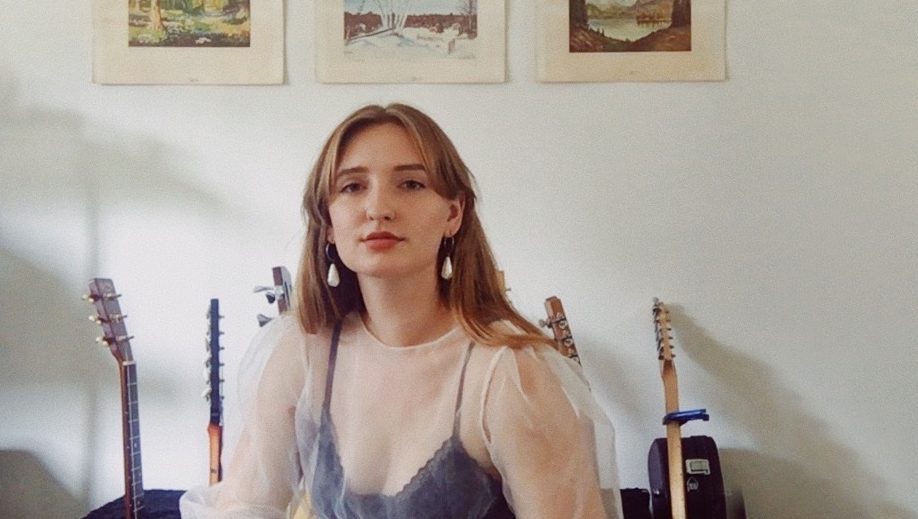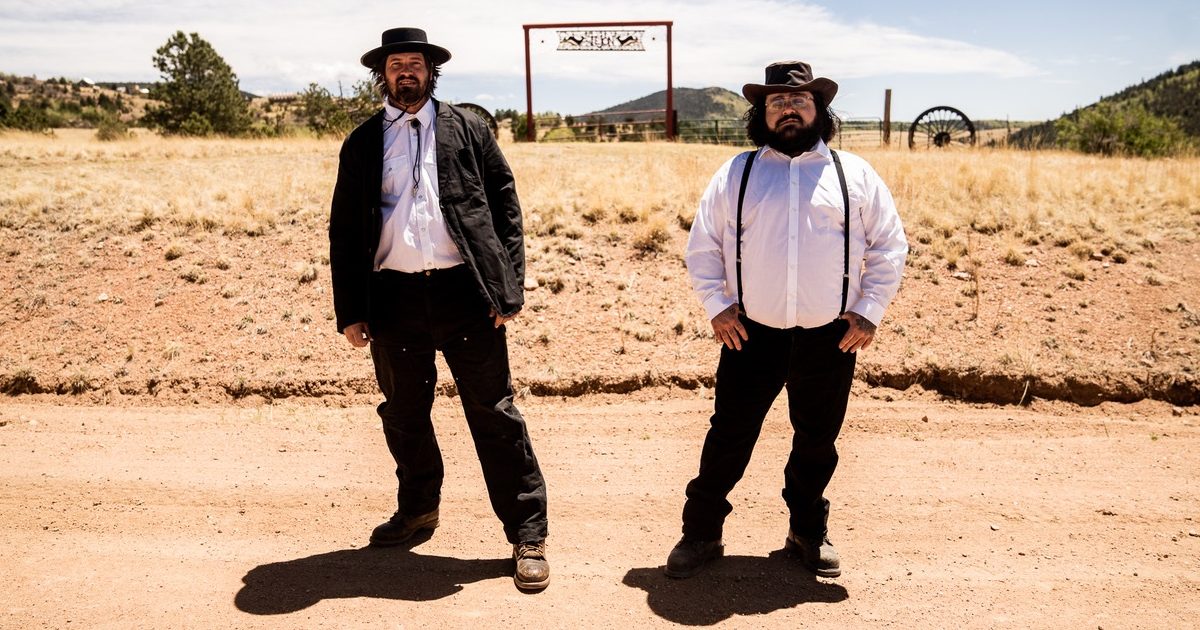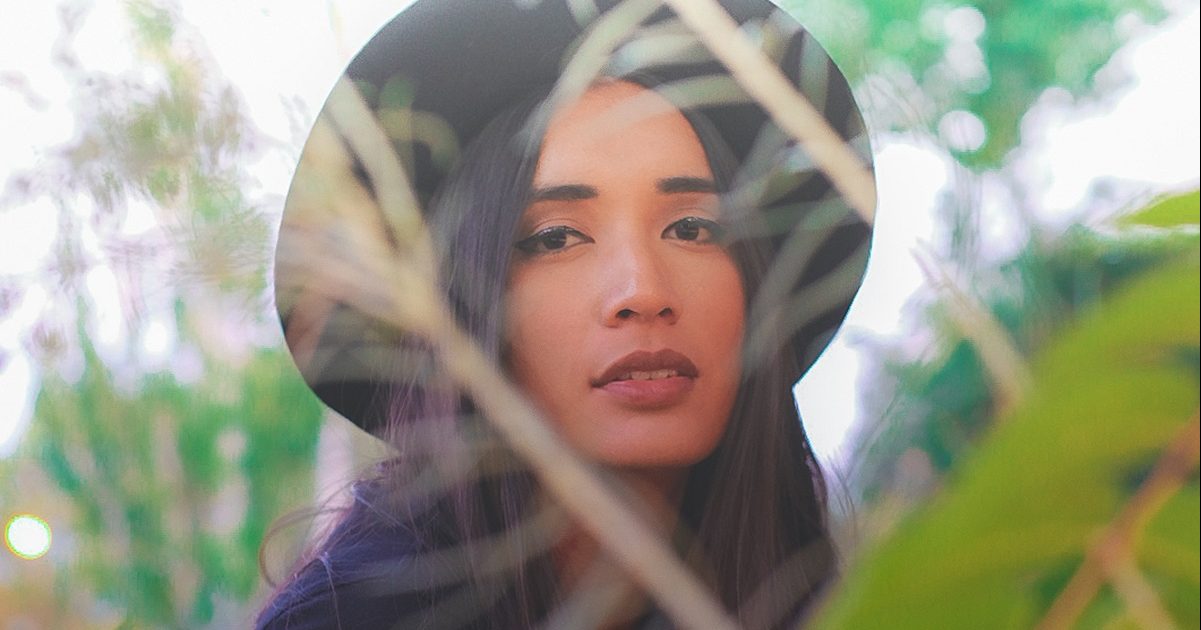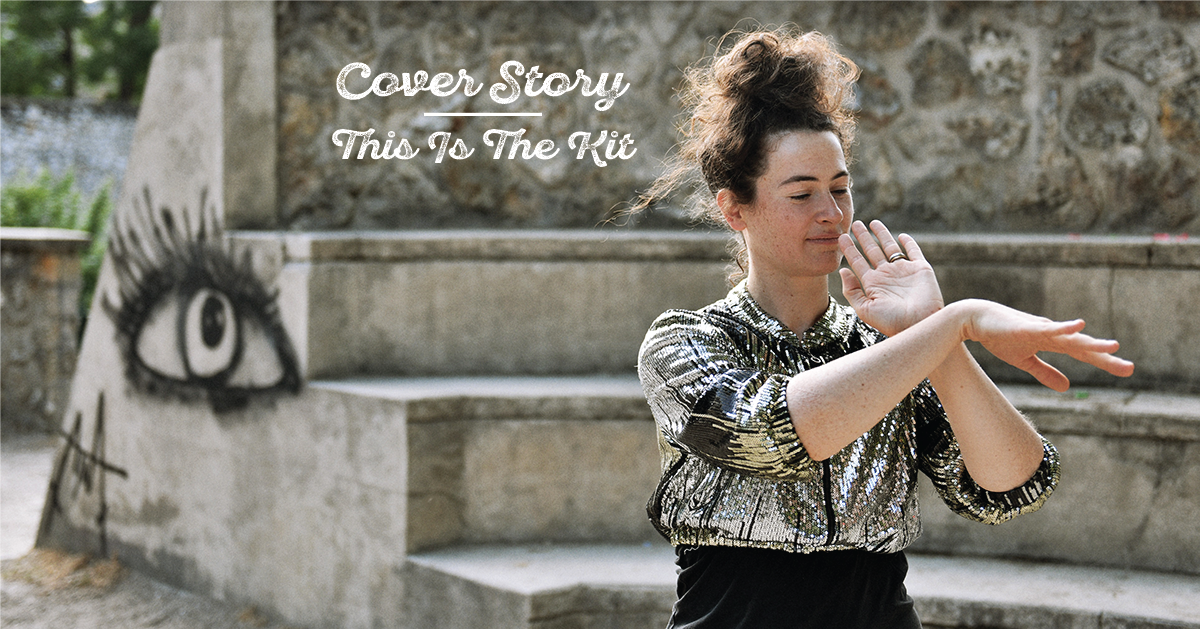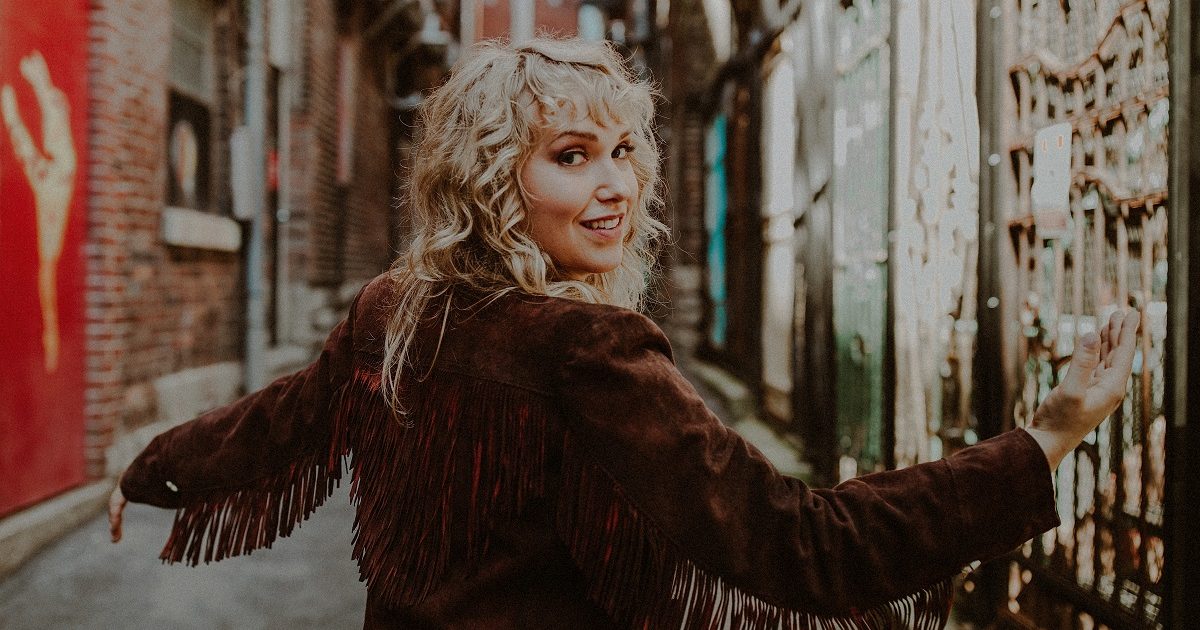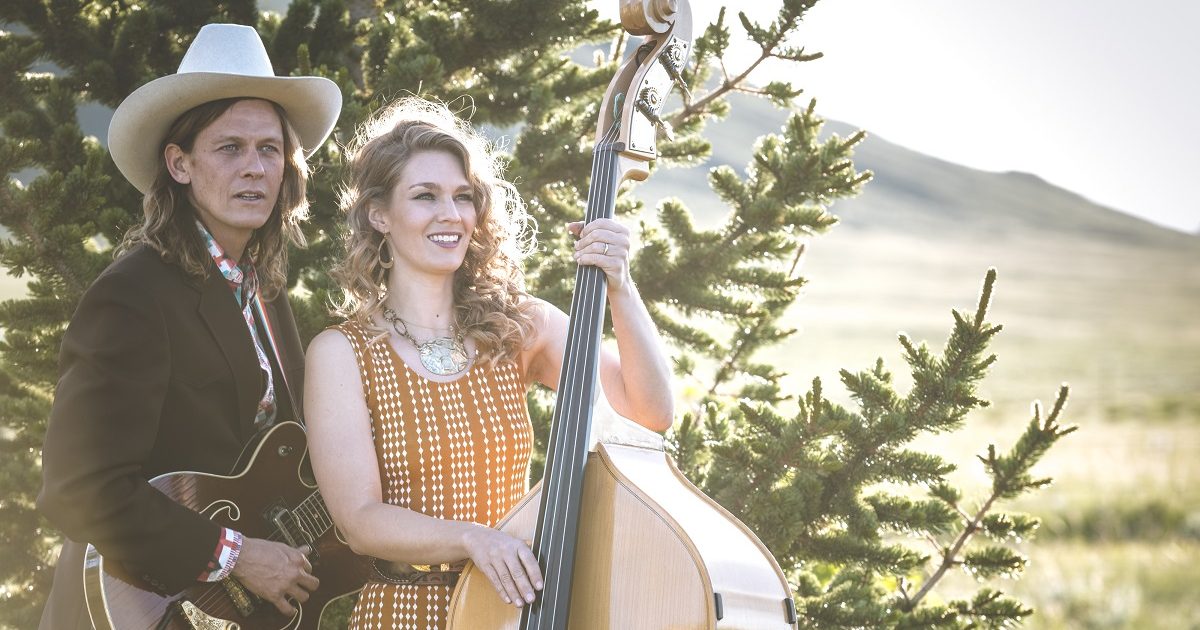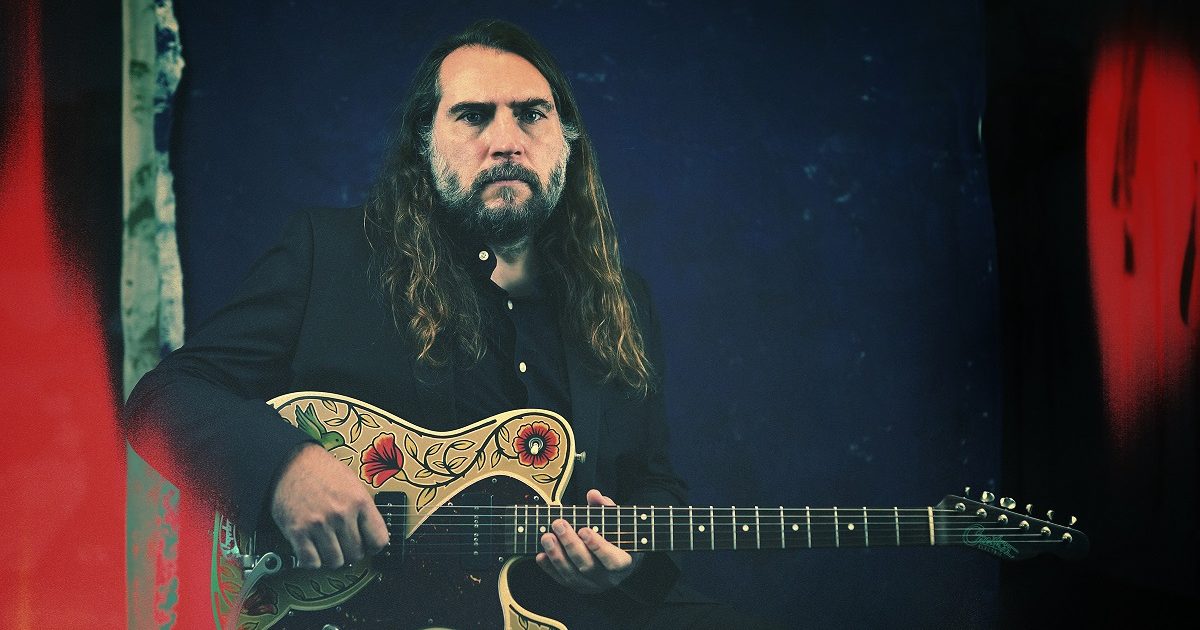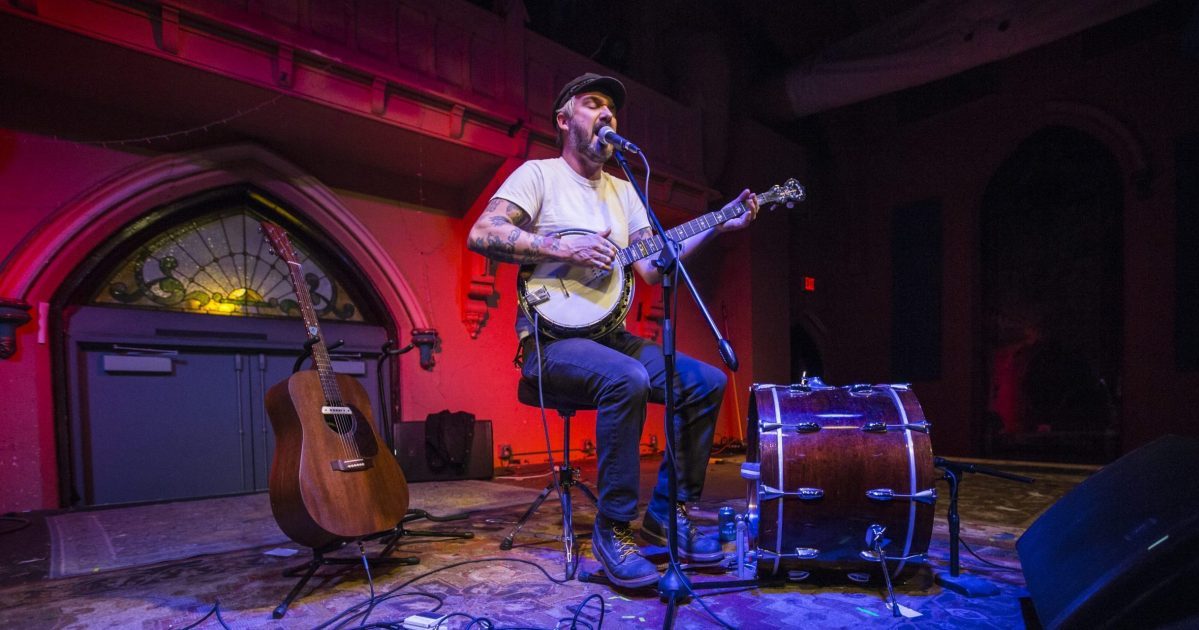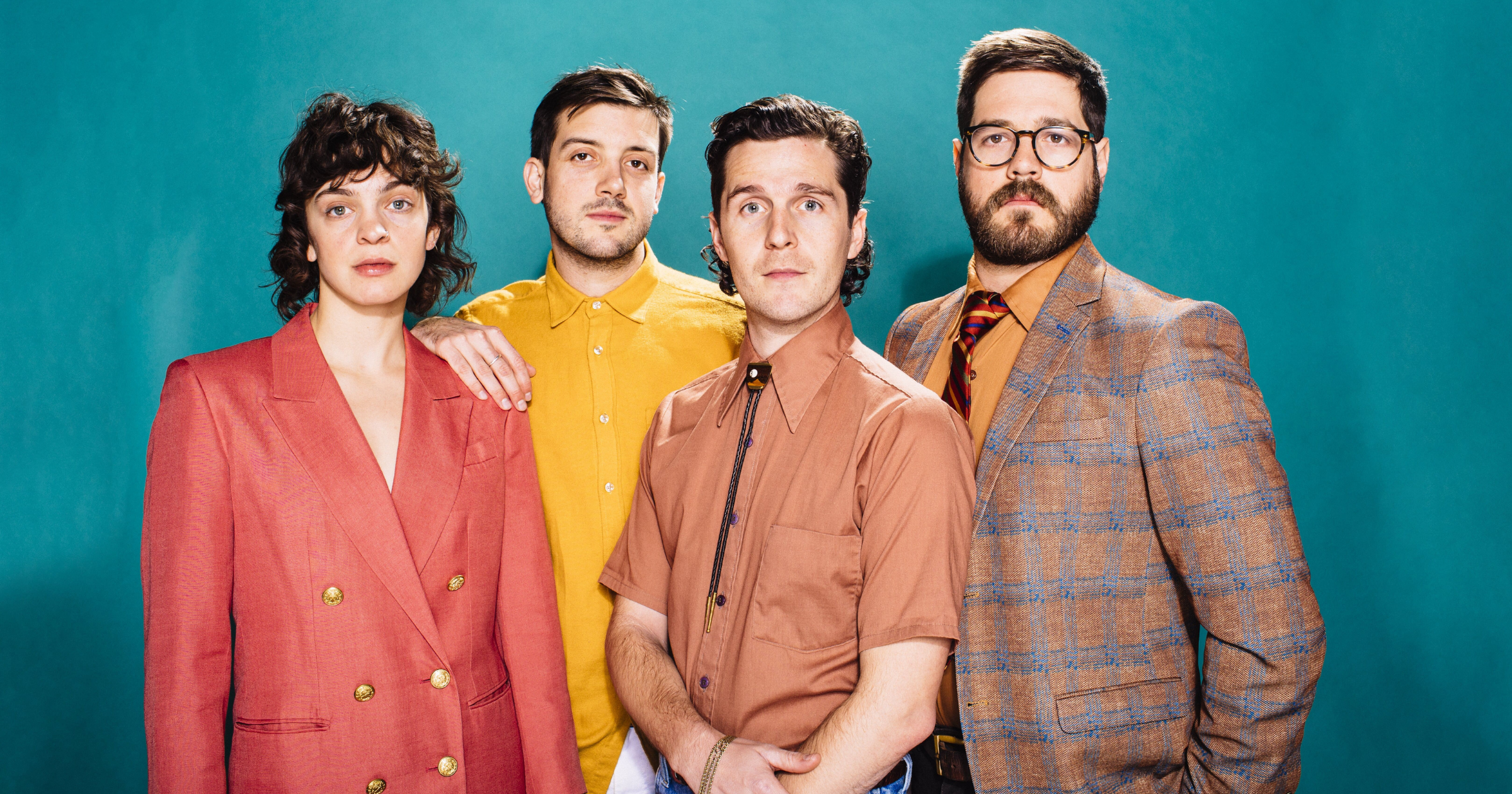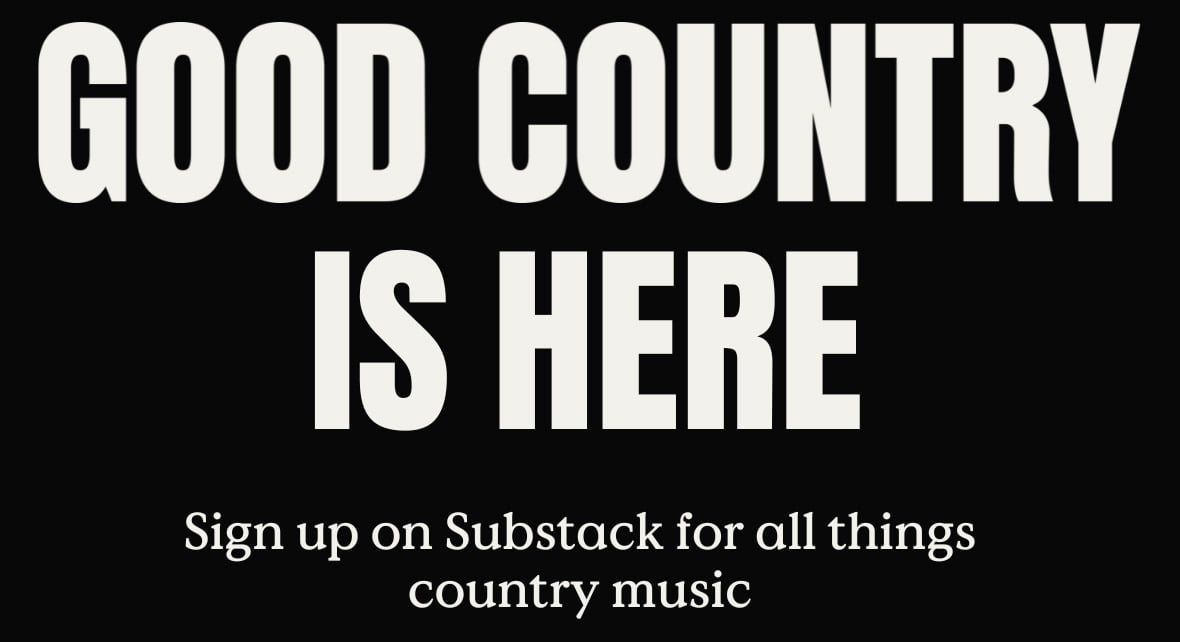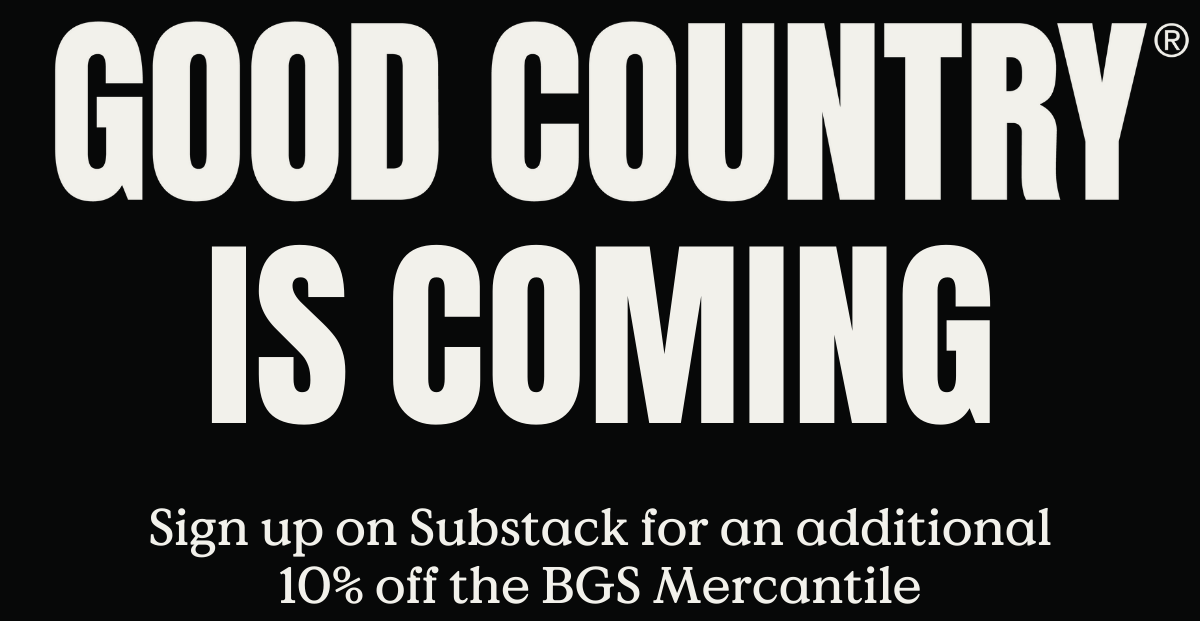Canadian singer-songwriter Julian Taylor didn’t set out to make a country record with The Ridge, but the album oozes with authentic tinges of the vibrant, pan-Canadian roots music scene. Based for most of his career in Toronto, it’s not surprising that the album (produced by Saam Hashemi) feels crisp, modern, and listenable, but its inextricable linkage to place — namely, the titular Maple Ridge, British Columbia, where Taylor summered on his grandparents’ farm as a child — ensures the folky, rootsy facets of the album feel entirely intuitive, raw, and perfectly placed.
Of course, Taylor is quick to point out that the pre-genre, elemental quality of The Ridge not only stems from his decades in music or geography alone, but from his family, their shared musical connections, and his Indigenous roots. His grandparents and family members feature heavily across the eight original songs’ lyrics, and cousins Gene and Barry Diabo join the band on drums and bass, respectively, literally underpinning the entire project with a sonic connection to Taylor’s Mohawk and West Indian roots. That The Ridge is a critically-acclaimed, stunning work of country-folk is due entirely to his commitment to compassion, empathy, family, and letting all of the above stand on their own merits.
BGS connected with Taylor via phone ahead of his Shout & Shine livestream performance, available to watch live on BGS, our Facebook page, and YouTube channel on November 11 at 7pm ET / 4pm PT.
BGS: I wanted to start by asking you about The Ridge’s connection to place, because it sounds like your story is a pretty classic, roots music/country story — spending your summers on your grandparents’ farm in British Columbia — and the title track evokes the western wild of Canada. Can you talk about the geographical spaces you’re evoking on the album and the longing I hear for them?
Taylor: When I think about Maple Ridge, BC, we’re going back now probably thirty-five years. It’s almost as if, when I close my eyes, I can see the road leading up to the house. There’s a big hill, and my grandfather used to like old cars — it’s funny, I say “old cars,” but I suppose back then they weren’t. So there’d be a big old Buick, a Mustang, and I remember taking the Buick up that hill. You’d have to get the mail way down the driveway, literally a city block’s distance, where everybody had a mailbox and you’d grab the mail, go back up the path, past these two huge trees. I don’t know if you’ve ever been to British Columbia, but I came from Toronto going to visit my grandparents, and I was always in awe of how big everything was. The trees were bigger, the mountains were there, everything was bigger. Even the slugs were bigger! [Laughs]
[My grandparents] lived in a wonderful house, a couple of wonderful places actually, one of them backed up to the Alouette River and you could see the salmon spawn. They had farmland where they had horses and a chicken coop by the horse’s stables, fields where the horses could graze, and in the basement of the house they bred boxers — the dogs. My life would’ve been composed of getting up in the morning with my grandmother, taking care of the horses, my grandfather would take me swimming because he liked to do that at the community pool in town. After that it’d be fishing, hiking, farming, and just a lot of nature. That’s what we did.
To me, the way you’re describing it with so much imagery, it’s really clear that these memories are indelible for you. I think that comes through the music — it’s not just that you’re text-painting to check the boxes of what a country aesthetic is, you’re painting a literal picture you see in your head.
This is true, I didn’t set out to create a country record. I didn’t, I just wrote these words and those were the melodies and arrangements that came to my mind. It was certainly, for me, more of a folk element than a country one.
Now that you mention it, I can hear it and I know what you’re talking about. Before you had mentioned it, I didn’t. It’s a very interesting thing, because I would say the rawness of it is because these are takes that are completely right off the floor, there’s no overdubs except for when we added the fiddle, the pedal steel, and the girls’ voices. Those were the only overdubs, because we couldn’t fit everybody in the room. My cousins Gene and Barry, they’re from Kahnawake, the Indian reservation close to Montréal, so we’d go and play, jam at the campfire, jam on the back porch, jam in the garage, and we’ve been doing that for years.
So when I asked them to be part of this record, I deliberately only sent them songs that were acoustic-based, and didn’t really tell them what I wanted, because I wanted this rawness and I wanted to sing the songs as they were. That’s why I think that particular [sound is evident], it’s a family affair, there’s a conversation between the core band that’s happening anyways. Saam Hashemi, who co-produced and engineered the record, he’s from the UK originally, he’s now Canadian, and we’ve worked together before. His production style is very pristine, the way that he captured it. That’s not deliberate, but it’s a wonderful hybrid for you to pick up on it. I hope others did and after this I hope that more do!
To me, part of this record sounding so country comes out of that Western Canada, American Midwest, Great Plains tradition of Indigenous country music and country bands that come from that region. Is that a community you operate in or interact with? Was that an influence for you, pulling from the generations-long tradition of hardscrabble, garage band, Saturday-night-at-the-local-bar Indigenous country bands of the rural Canadian and American west?
Absolutely, I wouldn’t say that it’s the West or Midwest, for me, because it directly comes from the East, actually, oddly enough! My family are East Coast Indigenous people, my mom’s family is from Kahnawake. It does come from that kitchen party, grab-your-guitar, grab-whatever-you-got — doesn’t matter if it’s a pot or a pan. It comes from that aesthetic, for sure. Absolutely! When you research that aesthetic, it’s not necessarily a country feel, either. It has elements of country and blues. Blues is very big in that, too. The way that my cousins are playing on The Ridge, there’s a gentle sort of shuffle that’s very indicative of what we’re talking about, yet it has this kind of swing to it at the same time. It’s like a country swing. That happens on a lot of the tracks where you can really feel it. On “Ballad of the Young Troubadour,” on the conga and upright bass you can feel it really strongly, as well. It’s a garage band aesthetic, for sure.
It’s a very Indigenous thing! If you go back and watch movies like Rumble: The Indians Who Rocked the World it’s interesting because the history of American roots music — in my personal opinion, I’ve read books on this and stuff, I know others think differently — without Indigenous people and without Black people we wouldn’t have roots music at all.
Yep. Full stop. It’s that simple.
[Laughs] Yes! Full stop. Exactly. It’s interesting to see so many new Americana artists that are Indigenous and Black, I’m really so honored to be even considered in that group of people!
That empathy comes across and feels universal because I know someone who is deeply close to me that has suffered from mental disabilities and mental illness and it has affected me and my family. You learn from a very young age, even before you know exactly what it is, that you have to be quiet and patient. You have to be strong, yet at the same time very gentle. You have to allow these loved ones’ triumphs and their dreams to be bigger than anything that you can possibly imagine, just so that they have an opportunity to express themselves in a way that makes them feel important. In writing the song, my message to this particular person was that I believe in them, their strength, and their pain — and to acknowledge that I go through all of those feelings too, just like they do. That’s how that song became so universal, by allowing myself to let go and also praise someone that I absolutely adore.
What have listeners’ or fans’ reactions to “Human Race” been like?
When I first posted it I think people really were shocked and gravitated to it in such a way that I didn’t realize would happen. This is the song that led me to believe I had to put this record out earlier than I was intending to. It was around the time the pandemic lockdown here in Canada started, so it touched a lot of souls. I was very pleased that it did. I think the aspects of the song about inner peace and overcoming challenges resonate with people.
Applying grace to ourselves is such a difficult thing to do, but such a necessary thing to do. People who think and think a lot, other people don’t realize just how much work that is and how tiring it is to try to figure out what’s on your mind, just as simple as that. I’m a person who feels compassion for other people and myself, but I’m also extremely difficult on myself and hard on myself — as most people would say, we are our own worst critics in a lot of ways. I’m trying to be a little less critical with myself and, in turn, with others. I’m trying to accept what is. I think this song, “It’s Not Enough,” in a way is insinuating that for humans to not to believe that is kind of an insidious frame of mind.
Can you tell me about the final track, “Ola Let’s Dance?” There’s a meditative quality to the refrain that resonates with me, the way it’s almost like a mantra, really intentional in the way you’re delivering it. Where does that song come from?
Well, I was thinking about beats in my attic where I do a lot of my demos. The beat came first, I just held onto it forever and ever and ever and ever and ever, just sitting. When my grandmother had passed away, and my grandfather had passed years before, we had to go out and collect all of her stuff. I was the one that inherited most of it. It’s sitting in my attic as we speak. Just rummaging through memories and stuff I found poetry that was written by my grandfather. The poem I recite in “Ola Let’s Dance” was not written by me; it was written by my grandfather, John Thomas Skanks. I just loved it so much, I had to try to write it into a song. I came up with the guitar part — it was very tribal, I wanted the whole thing to feel very tribal. It’s probably the furthest thing from a country or folk song on the record, yet it comes out like that anyway. [Laughs] It’s really bizarre!
The amalgamation of my maternal grandparents is what that song exemplifies, to me. I was trying to sing it, trying to put a melody to it, ‘til one day I just said, “Why don’t I just recite it and see what happens?” [Laughs] I did it and everyone was like, “YUP! That’s how it’s going to go.” My maternal grandmother’s name was Ola. She taught dance at the University of Buffalo for a little while. She raised four girls on her own, doing what she could to survive, and ended up teaching dance. So the song, in my heart, is both the meeting and separation of my grandparents, which brought me to life.
Photo credit: Lisa MacIntosh
Shout & Shine is proudly supported by Preston Thompson Guitars.
